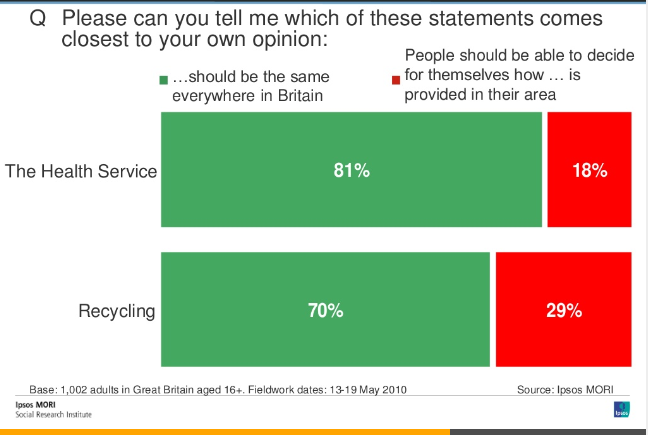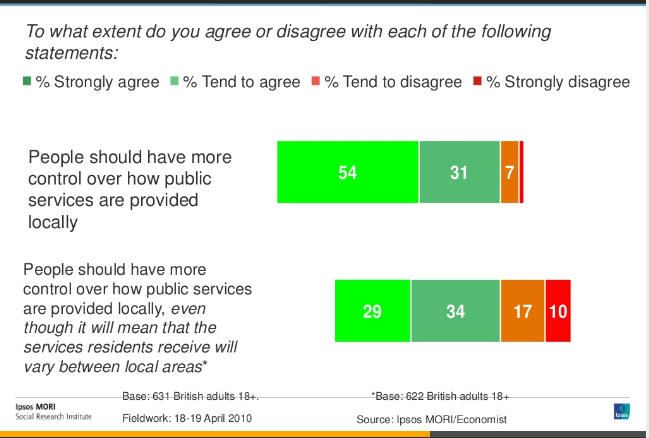By Steven McGinty
On 9 Feb 2017, and after over a year of delays, the UK Government finally published the Government Transformation Strategy 2017 to 2020.
It’s been a long time since the Government Digital Strategy was published in 2012. Therefore, it’s understandable that politicians, industry leaders and media commentators have been frustrated by the lack of a new strategy in 2016.
In January 2017, Iain Wright MP, chairman of the Business, Energy and Industrial Strategy Committee (BEIS) warned that the UK risked being left behind and losing its competitive advantage in the digital economy because of its ‘absence of clarity and strategic focus’.
Similarly, Stephen Metcalfe, chairman of the Science and Technology Committee, wrote a letter to digital minister Matt Hancock highlighting his disappointment at the lack of a government digital strategy.
However, now that the Government Transformation Strategy is here, what does it say and will it have a lasting impact?
A brief overview
According to Ben Gummer, Minister for the Cabinet Office and Paymaster General, the Government Transformation Strategy is:
“The most ambitious programme of change of any government anywhere in the world, by a government that has already done more to transform itself than any other.”
It sets out the government’s aim to build on the success of the 2012 strategy, and to not only focus on improving the citizen experience but to change the way services are delivered. The strategy states that the government will achieve this by transforming:
- Whole citizen-facing services – ensuring an improved experience for citizens, businesses and users within the public sector
- Full government departments – enabling organisations to deliver policy objectives more flexibly, improving citizen experience, and working more efficiently
- Internal government – supporting the collaboration of government departments and delivering digitally-enabled change more effectively
However, the majority of the strategy is structured around five main objectives:
Business transformation
Government departments have made significant progress over recent years. The strategy explains that lessons have been learned through this service transformation process, and that there is now cross-government agreement on the key areas that transformation must focus on. These include bringing policy development and service design closer together and recognising that government services are delivered through a variety of channels (online, telephone and face-to-face).
Grow the right people, skills and culture
Since 2012, government departments have been recruiting digital, data and technology specialists to improve their digital capability. However, the strategy accepts that the public sector is working in a competitive market and that recruiting and retaining staff is likely to remain a challenge. Embedding a new culture is also identified as an important enabler of change, with several goals highlighted, including increasing civil servants’ knowledge of digital and improving digital experts’ understanding of government.
The Digital Academy, which was formed in 2014 by the Department for Work and Pensions (DWP), will be transferred (by the end of 2017) to the Government Digital Service (GDS) to create nationwide training opportunities for civil servants.
Build better tools, processes and governance for civil servants
Civil servants vary widely in how they work, including the digital technologies they use and their approach to policy development. The new strategy explains that the government will create a better working environment by developing common and interoperable technologies that can be shared across government and adopt a more agile working environment.
Make better use of data
Data is vital for providing services that meet the needs of citizens. However, the strategy emphasises that the government must earn the public’s trust in managing data safely, securely, and ethically.
Create shared platforms, components and reusable business capabilities
The government has already had some success in introducing shared platforms, such as GOV.UK – a publishing platform which brought together over 300 government agencies’ and arm’s length bodies’ websites within 15 months. The strategy outlines the steps to be taken to encourage the development of new technologies, including leaving large single contracts with IT firms – a practice which is deemed a barrier to providing better technologies for civil servants – and purchasing from a wider variety of suppliers, such as SMEs.
From digital to transformation
It’s important to note that the strategy’s title has changed: from a digital strategy to a transformation strategy.
Jane Roberts, strategy director at Kable, suggests that this reflects the government’s realisation that digitisation is not a process with a defined end date, but a ‘constant dynamic ongoing process.’ Government, says Roberts, now understands that digitisation involves more than just moving services online, and that whole scale change is needed, from encouraging civil servants to work more collaboratively (including sharing cross-governmental data), to digitising back office processes.
In addition, Roberts also highlights the need for digital services to be designed to cope with this dynamic process. This includes supporting the integration of new technologies – particularly those related to the Internet of Things (the use of internet technology to connect everyday items) – and responding to increased citizen demand for greater control over their personal data.
What does it mean for local government?
The Government Transformation Strategy makes no comment on the challenges facing local government. However, London Borough of Camden councillor, Theo Blackwell, suggests that the strategy leaves scope for a ‘digital settlement’ to be developed between central and local government. He observes that the strategy:
“leaves the door open for this discussion to be starting and concluded in short order, kickstarted by elected mayors and combined authorities in May 2017, and building on the groundwork of the last two years”.
Mr Blackwell also sets out what needs to be done to achieve this digital settlement:
- Support the ‘coalition of the willing’, as well as improvement – encouraging local councils who have already made progress with digital transformation to work together, as well as helping struggling councils to improve;
- Open platforms and a new market for start-ups – enabling the development of platforms and smaller start-up companies;
- Shared Resource – developing partnerships between local councils and central government, which fund digital initiatives jointly.
Missed opportunity
The strategy has also received a significant amount of criticism for its lack of detail and limited commitments. Independent digital analyst, Jos Creese, has described the strategy as:
“…a mix of re-packaged principles and refreshed ‘transformational government’ themes, coupled with some new but not revolutionary ideas.”
Creese argues that there is a general lack of pace with government programmes, such as with GOV.UK Verify – an identity assurance platform that allows people to prove who they are when using government services. And – unlike Theo Blackwell – Creese believes that the lack of collaboration between central government and the wider public sector is a missed opportunity (particularly as 80% of public services are outside central government). In his view, the strategy should have addressed some of the fundamental challenges facing local services, such as healthcare and crime prevention.
Final thoughts
Although the Government Transformation Strategy has received a mixed response since it was first published, there are certainly positives which provide hope for the future. Firstly, it was important that the strategy was finally published to provide a clearer indication of the government’s future direction. Secondly, in the coming months, the government will have the opportunity to provide greater clarity, and set out how they intend to achieve the praiseworthy objectives of the strategy and realise the full potential of digital transformation.
Follow us on Twitter to see what developments in public and social policy are interesting our research team. If you found this article interesting, you may also like to read our other digital articles.








You must be logged in to post a comment.